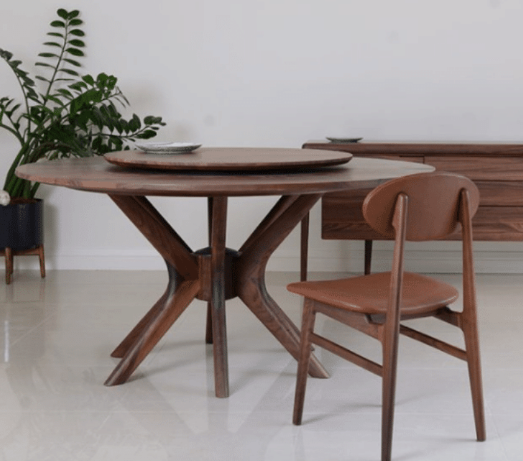furniture
The ultimate guide to island wood dining room tables
introduce
Many homeowners choose this style because of its practicality and ability to increase social interaction. This guide will explore every aspect of island wood dining room tables, from their merits to design considerations and more.
Advantage of island dining table in kitchen dining room
Extra work space
One of the main advantages is that they provide additional workspace. Island wood dining room tables allow you to prepare food without taking up the rest of the kitchen. This is especially useful when cooking large meals or preparing multiple foods at once.
Casual dining space
These tables create a designated area for casual dining. They are convenient places to enjoy breakfast, and snacks, or snacks, allowing families to dine together without the need for a separate dining table. The design encourages more frequent family gatherings and informal meals.
Aesthetic taste
In addition to functionality, the kitchen table also contributes to the overall design of the kitchen. They can be customized according to different interior styles. A wide variety of materials and finishes allow homeowners to choose an island to go with their kitchen decor.
Flexible seating options
Island tables usually have bar-level seating, which is more casual than traditional dining chairs. This flexibility makes it easy to accommodate different numbers of guests and adjust the seating arrangement according to the occasion.
Design considerations
When choosing a restaurant island table, a few design considerations help ensure that it fits into your kitchen space and meets your needs.
Space and layout
Start by assessing the available space in your kitchen. The minimum distance between the island and other kitchen elements, such as countertops and appliances, must be 90 centimeters (36 inches). This gap allows cabinets and drawers to move easily without obstructing the space to move. Consider your kitchen workflow and avoid interfering with areas such as the sink, stove, and refrigerator.
Size guide
The size of the island table should coordinate with the size of your kitchen. The general length guideline is 120 to 240 cm (48 to 96 in). The width is targeted at 24 to 48 inches (60 to 120 cm) to ensure a comfortable working space. Height is usually 36 to 44 inches (90 to 110 cm), but ergonomic preferences should also be considered.
Shape compatibility
The size of the island wood dining room tables should coordinate with the size of your kitchen. The general length guideline is 120 to 240 cm (48 to 96 in). The width is targeted at 24 to 48 inches (60 to 120 cm) to ensure a comfortable working space. Heights are usually 36 to 44 inches (90 to 110 cm), but should ultimately be determined based on actual conditions.
Material selection
Choose materials that fit the overall style of the kitchen. Common choices include warm wood, modern-looking metal, minimalist glass, and elegant stones such as marble or granite. Each material has different advantages in terms of durability and maintenance.
RRestaurant-typeisland table
When considering a kitchen table, there are many types to choose from to suit different needs and preferences. Each type has unique features to meet all your desired experience requirements.
Rectangular island table
These are the most common types of islands. They provide plenty of space for dining and food preparation. Rectangular wood dining room tables are suitable for larger kitchens and can accommodate more diners.
Square island table
Square wood dining room tables are perfect for smaller Spaces. They provide a comfortable dining experience and are perfect for a compact kitchen. This type of island is more suitable for people to interact while eating.
Round and oval island tables
These shapes create an informal atmosphere. They are often used in casual dining venues to create a relaxing environment. For example, during tea time, people can share snacks and delicacies while chatting.
Double island table
The double-floor design separates the cooking and dining areas. The lower layer is usually used to prepare food, while the upper layer is used as a dining surface. This design optimizes space in crowded kitchens.
Basic cabinet island
These islands use a bottom cabinet with a top. They often include built-in storage, perfect for organizing and storing kitchen utensils and condiments. Basic cabinet islands can be customized to match the appearance of existing cabinets.
Working island
Desk wood dining room tables focus on providing a large, flat surface without the need for built-in storage. They are ideal for users who prioritize workspace over storage options. This type is usually prepared for professional kitchens or professional chefs who need plenty of preparation space.
